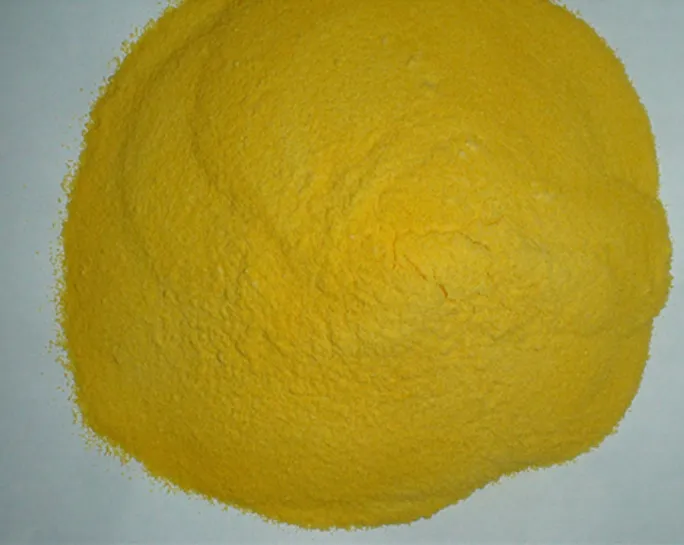use of poly aluminium chloride in water treatment
The Use of Poly Aluminium Chloride in Water Treatment
Water is an essential resource for life, and ensuring its purity and safety is crucial for public health. One effective method of water treatment involves the use of coagulants, substances that help facilitate the removal of suspended particles and impurities. Among various coagulants, Poly Aluminium Chloride (PAC) has gained significant attention due to its efficiency and versatility in water treatment processes.
What is Poly Aluminium Chloride?
Poly Aluminium Chloride is an inorganic polymer made by combining aluminium hydroxide with hydrochloric acid, resulting in a product that is highly soluble in water. It typically appears as a white or yellowish powder, which can vary in basicity and molecular weight depending on its manufacturing process. The chemical structure of PAC typically consists of a series of polymeric aluminium complexes that provide its coagulating properties.
How Does PAC Work?
PAC operates through a process called coagulation, where positively charged aluminium ions are introduced into water containing negatively charged particles, such as dirt, colloids, and organic matter. The aluminium ions neutralize the negative charges on these particles, allowing them to agglomerate or clump together into larger particles known as flocs. Once these flocs are formed, they can be easily removed from the water through sedimentation or filtration, resulting in cleaner water.
Advantages of Using PAC
1. High Efficiency PAC is known for its rapid and efficient coagulation capability, allowing for the treatment of water in a shorter time compared to traditional coagulants like alum. This is particularly beneficial in situations where time is critical, such as during emergency response efforts.
use of poly aluminium chloride in water treatment

2. Lower Dosage Requirements Studies have shown that PAC often requires a lower dosage than other coagulants to achieve the same level of water treatment. This can lead to reduced chemical costs and less waste generation, making it an economically favorable option.
3. Wide pH Range PAC can effectively work across a broad pH range, making it versatile for different water sources. This adaptability is particularly important as the quality of raw water can vary significantly depending on geographical and seasonal factors.
4. Bio-compatible PAC is less toxic and more environmentally friendly compared to some alternative coagulants. This makes it suitable for use in potable water treatment, ensuring that the water not only meets safety standards but is also safe for human consumption.
5. Improved Settling Characteristics The flocs produced with PAC are typically larger and denser, leading to improved sedimentation rates. This characteristic can enhance the overall efficiency of the water treatment process and reduce the need for additional filtration steps.
Applications of PAC
Poly Aluminium Chloride is widely used in various applications, including municipal water treatment, wastewater treatment, and industrial processes. In municipal water treatment, PAC helps in the removal of turbidity, suspended solids, and harmful microorganisms. In wastewater treatment, PAC aids in the clarification process, ensuring that effluents meet environmental discharge standards. Industrially, PAC is used in sectors such as paper manufacturing, textile dyeing, and petroleum refining where effective contaminant removal is essential.
Conclusion
The use of Poly Aluminium Chloride in water treatment serves as a prime example of how chemical innovations can contribute to public health and environmental sustainability. Its efficacy, cost-effectiveness, and environmental compatibility make it a preferred choice among water treatment professionals. As global water scarcity and contamination challenges continue to rise, the role of effective coagulants like PAC becomes increasingly important in ensuring the availability of safe and clean water for all. Ongoing research and development in this field will likely unveil even more applications and improvements, reinforcing PAC's position as a cornerstone in modern water treatment practices.
-
Water Treatment with Flocculant Water TreatmentNewsJun.12,2025
-
Polymaleic AnhydrideNewsJun.12,2025
-
Polyaspartic AcidNewsJun.12,2025
-
Enhance Industrial Processes with IsothiazolinonesNewsJun.12,2025
-
Enhance Industrial Processes with PBTCA SolutionsNewsJun.12,2025
-
Dodecyldimethylbenzylammonium Chloride SolutionsNewsJun.12,2025





